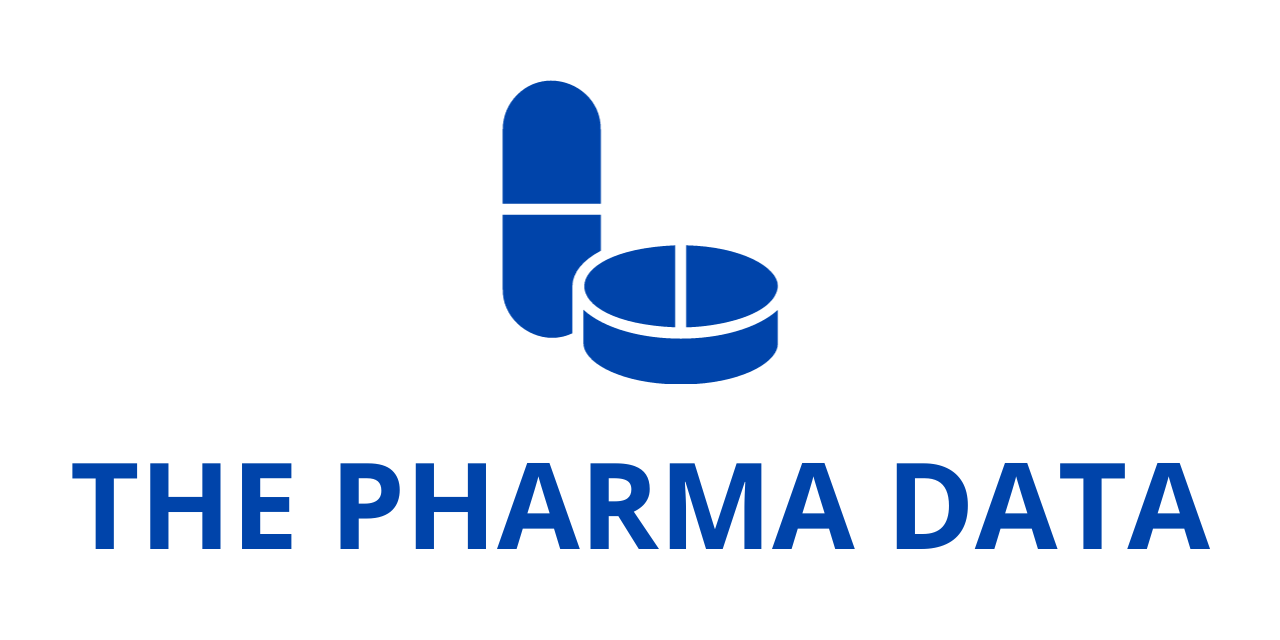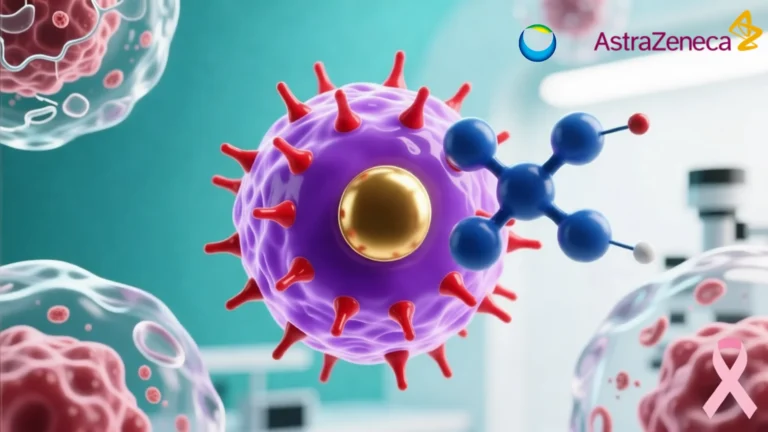
Sangamo Licenses Capsid Tech to Lilly for CNS Genomic Medicines
Sangamo Therapeutics, Inc., a leader in genomic medicine, has entered into a new licensing agreement with Eli Lilly and Company (“Lilly”), a global pharmaceutical powerhouse, to advance treatments for neurological diseases through cutting-edge gene therapy technologies.
The newly signed agreement centers around Sangamo’s proprietary neurotropic adeno-associated virus (AAV) capsid, known as STAC-BBB. This innovative vector has shown exceptional ability to cross the blood-brain barrier (BBB) and achieve neuronal transduction in non-human primate models—a critical hurdle in the development of effective gene therapies for central nervous system (CNS) diseases.
A Strategic Collaboration to Tackle the Challenges of CNS Drug Delivery
The central nervous system remains one of the most difficult biological systems to access for therapeutic intervention. The blood-brain barrier, while essential for protecting the brain from pathogens and toxins, also limits the entry of many therapeutic agents, including biologics and gene therapies. Overcoming this barrier has been a significant focus for biopharmaceutical companies seeking to develop treatments for a range of neurological and neurodegenerative disorders, from Alzheimer’s and Parkinson’s disease to rare pediatric CNS conditions.
Sangamo’s STAC-BBB capsid has emerged as a promising solution to this challenge. The vector has demonstrated potent BBB penetration and efficient delivery of therapeutic payloads to neuronal tissues, especially in large animal models. Such characteristics make it a highly valuable tool for the development of intravenous (IV) gene therapies targeting the CNS.
Under the terms of the license agreement, Lilly will gain exclusive global rights to use the STAC-BBB capsid to develop genomic medicines targeting one initial CNS disease, with the opportunity to expand the agreement to cover up to four additional disease targets upon payment of additional licensing fees.
Terms of the Agreement and Financial Overview
The agreement reflects both companies’ strategic interests and aligns with their long-term goals in genomic medicine and neuroscience.
- Upfront Payment: Sangamo will receive an $18 million upfront license fee from Lilly for the rights to STAC-BBB for one CNS target.
- Expansion Rights: Lilly may license up to four additional targets under the agreement, with the potential to significantly increase the scope and value of the collaboration.
- Milestone Payments: Sangamo is eligible to earn up to $1.4 billion in additional milestone payments. These will be tied to developmental, regulatory, and commercial milestones across the five potential targets.
- Royalties: If any of the therapies developed under this agreement reach the market, Sangamo will also receive tiered royalties on net product sales, subject to specified reductions under certain circumstances.
As part of the partnership, Sangamo will be responsible for the technology transfer of the STAC-BBB platform, ensuring that Lilly’s research and development teams can fully leverage the proprietary capsid for their preclinical and clinical programs. Following the transfer, Lilly will assume responsibility for all aspects of drug development, including research, preclinical studies, clinical trials, regulatory interactions, manufacturing, and eventual global commercialization of any approved therapies.
Sangamo’s Continued Leadership in AAV Delivery Innovation

According to Sangamo CEO Sandy Macrae, this partnership represents not only a commercial milestone but also further validation of Sangamo’s platform and innovation in gene therapy delivery.Macrae also emphasized that this latest deal is the third agreement Sangamo has secured with a pharmaceutical partner since announcing the discovery of STAC-BBB in March 2024. The rapid uptake by major biopharma companies is indicative of the growing industry confidence in Sangamo’s delivery platform and underscores the market’s demand for better CNS-targeted gene therapy solutions.
Broader Implications for the CNS Gene Therapy Field
CNS disorders represent a large and largely unmet segment of the healthcare market. Conditions such as Huntington’s disease, amyotrophic lateral sclerosis (ALS), spinal muscular atrophy (SMA), and various lysosomal storage disorders continue to lack curative therapies, often due to the inability of drug candidates to effectively reach affected areas of the brain and spinal cord.
Traditional AAV capsids have shown limited success in crossing the BBB, often requiring invasive methods such as direct brain injections or intrathecal delivery. These approaches carry greater risks and limit the scalability of gene therapy interventions.
STAC-BBB addresses this by enabling non-invasive, systemic delivery of genetic medicines via intravenous injection—a paradigm shift that may significantly broaden the range of treatable CNS disorders. By allowing efficient gene transfer to neurons throughout the CNS, this capsid opens the door to more effective, scalable, and safer treatment options.
Lilly’s Expanding Neuroscience and Gene Therapy Portfolio
Lilly has been steadily expanding its neuroscience and gene therapy capabilities over the past several years. The collaboration with Sangamo aligns with Lilly’s broader strategic initiative to become a leader in next-generation CNS therapeutics, including genetic and RNA-based medicines.
By securing exclusive rights to STAC-BBB, Lilly gains a critical technological advantage in the competitive CNS gene therapy landscape. The deal also enables Lilly to more efficiently explore treatments for complex neurogenetic diseases that were previously inaccessible due to delivery challenges.
This agreement positions both Sangamo and Lilly to make significant strides in the development of transformative genomic therapies. For Sangamo, the deal represents another validation of its AAV capsid engineering expertise and a meaningful source of non-dilutive funding to support its broader R&D pipeline. For Lilly, it marks an important step toward expanding its capabilities in neuroscience and rare disease therapeutics.
If successful, this collaboration could lead to the development of multiple new treatment options for patients with debilitating and currently untreatable neurological diseases.
With three licensing deals already in place and further interest from other pharmaceutical companies likely, Sangamo’s STAC-BBB platform may soon become a foundational technology in the field of CNS gene therapy.




